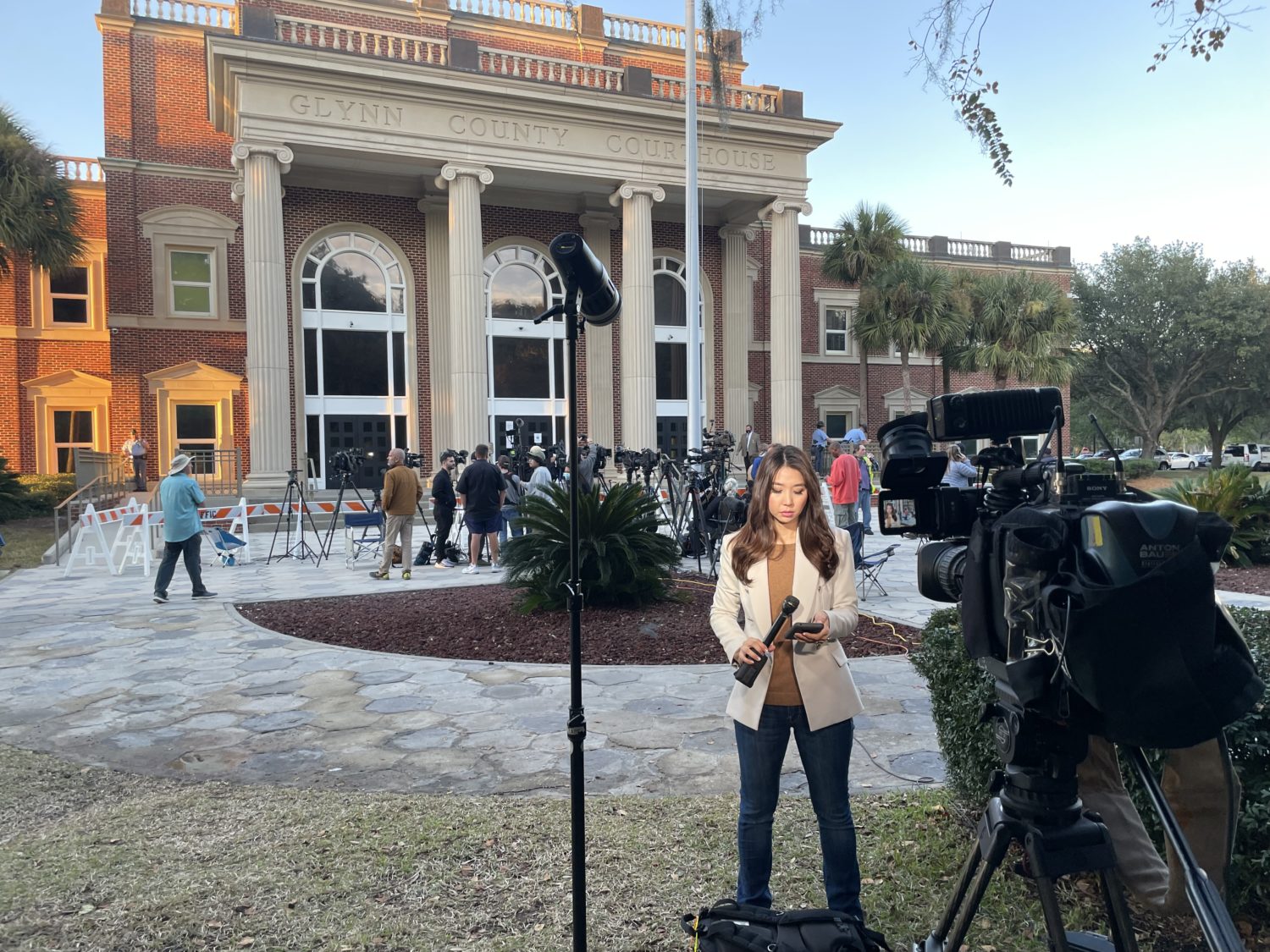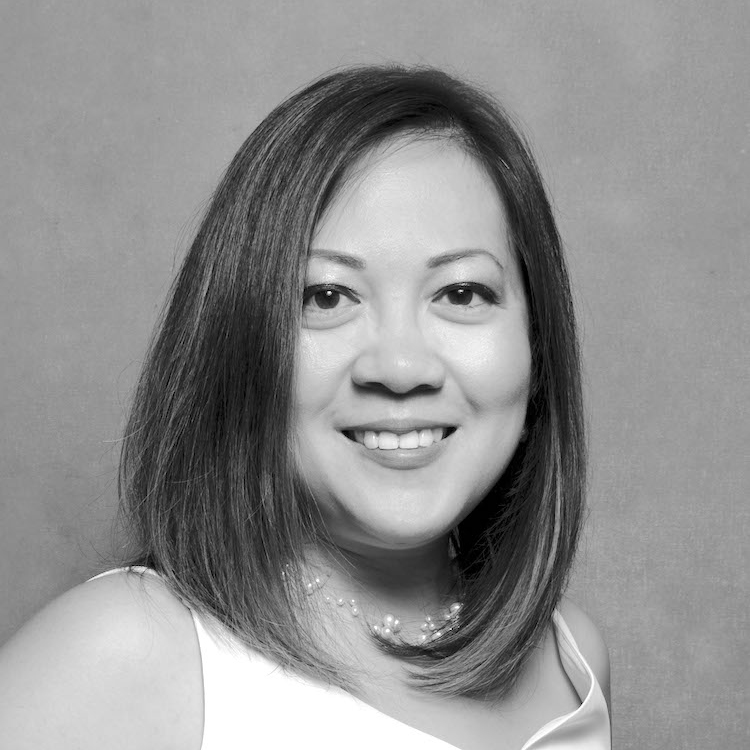Two years ago, our servers at the Asian American Journalism Association briefly crashed as news organizations and others downloaded our guidance on how to responsibly cover the murders of six Asian women in Atlanta.
It was a deeply painful time, another violent expression of centuries-old racism against Asians and Asian Americans. From the Chinese Exclusion Act of 1882 to Japanese incarceration camps during WWII and the murder of Vincent Chin in 1982, the story of Asians in America has been framed by racism. Journalism has long been part of the problem, perpetuating stereotypes and manufacturing threats.
But as we received inquiries from newsrooms, corporations and community groups who were using our guidance as a starting point for coverage and internal discussions, we saw a glimmer of hope and opportunity. Maybe, just maybe, there was enough momentum to push past stereotypes and improve coverage of the AAPI community.
That hope continues to be elusive, especially against the backdrop of the pandemic. As President Donald Trump and other leaders blamed China for the spread of the coronavirus, individuals reported almost 11,500 incidents, from slurs to physical violence, to Stop AAPI Hate between March 2020 and March 2022. A more recent study reported that anti-Asian hate crimes receded in New York and Los Angeles in 2023, but remained well above pre-pandemic levels.
Then on Lunar New Year weekend in January, gunmen killed 11 in Monterey Park and seven in Half Moon Bay, California. Though both shooters were Asian, so were most of the victims, reinforcing the community’s feelings of fear and vulnerability. Two days later, The Wall Street Journal chose to publish an opinion piece titled, “Are There ‘Too many Asians’?, showing a remarkable insensitivity and, once again, effectively othering Asians and Asian Americans.
Better journalism comes from newsrooms having culturally competent reporters and editors on staff. Diverse voices produce better decision-making, the stories of underrepresented communities are told more accurately and often, and newsrooms can proactively cultivate trust with our diverse communities.
Unfortunately, while we’ve seen some heartening progress in AAPI representation, it is simply not enough. While AAJA’s name pronunciation guide for the Atlanta victims has been downloaded 873,000 times, that’s more emergency medicine than preventive care. We continue to see crushing resistance to disclosing staff diversity data from newsroom leaders, a crucial first step to meaningfully changing the industry.
Some of our members in Atlanta report they had to fight to cover the shootings and their aftermath because their editors thought they were too close to the story and could not be “objective,” a term that is increasingly being questioned in journalism. Others report that as one of the only Asian Americans in their newsroom, they are expected to speak on behalf of a diverse AAPI diaspora that encompasses some 50 ethnicities, often without acknowledgment or reward.
The fact is that America is changing and most newsrooms have not shown the ability nor the desire to keep pace. In 2022, AAJA took a snapshot of AAPI on-air talent in the top 20 local TV markets and found that nearly 25% of stations had no AAPIs on air, and more than 70% did not have enough AAPIs on air to represent the AAPI percentage of their local market.
That’s not just poor business practice. It has broader implications for journalism, and ultimately, for democracy. As survey after survey shows trust in media dropping, research reveals that diverse newsrooms can be an antidote.
We’ve seen the effect of the status quo. Communities of color — mistrustful of the mainstream press after long being ignored, misrepresented, or straight-up vilified in coverage — are now prime targets for misinformation. The scale of the problem will only grow as America heads toward being a majority-minority country before 2050. Already, first- and second-generation immigrants, primarily Hispanic and Asian, make up more than 25% of the population. How do newsrooms propose to cultivate trust in new audiences, especially immigrants who rely on multiple news and social media sources, if their newsrooms do not reflect and represent these communities?
Good journalism, by newsrooms that are representative of their communities, is essential to the multicultural democracy we’re committed to building in the United States. Research supports the importance of trusted news to democracy: Communities that lack local news outlets show higher levels of polarization, and access to news has a correlation with civic participation, notably voting. Inclusive journalism has the potential to expand audiences and break down the ignorance that leads to hate crimes.
The need for diverse newsrooms, leadership and coverage should be obvious, but when AAJA went into the field last year to survey outlets on their staff diversity, we encountered mostly silence from newsrooms. (We nonetheless did a report based on on-air talent, which didn’t require responses). Similarly, the News Leaders Association, which tries almost every year to do a diversity survey, encountered “crushing resistance” from newsrooms and hasn’t managed to publish a report since 2019.
The Atlanta murders happened 10 months after George Floyd was killed by police and the country was swept with protests against racism. An inevitable backlash followed, but history has lurched forward.
Journalism prides itself on being the first draft of history. Let’s make sure our newsrooms are equipped to write it, with diverse newsrooms covering and engaging diverse audiences. The stakes for our democracy have never been higher.







